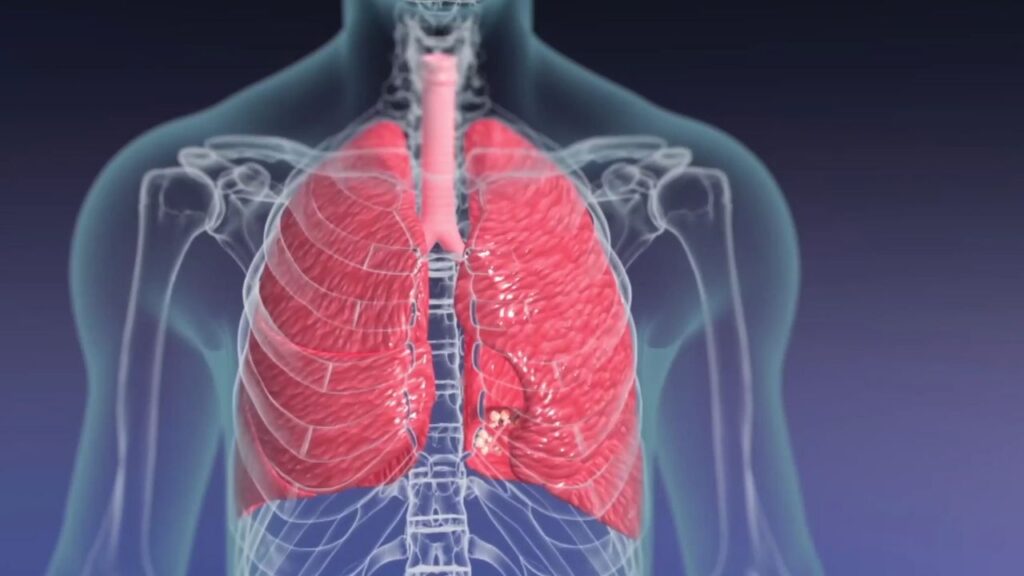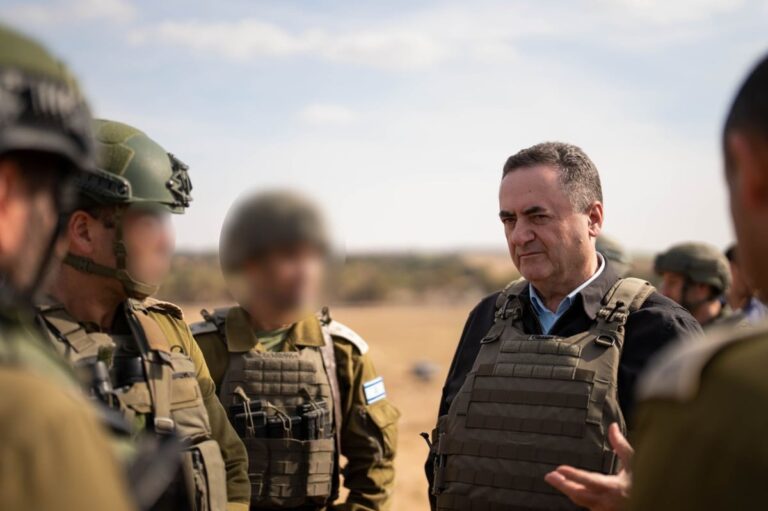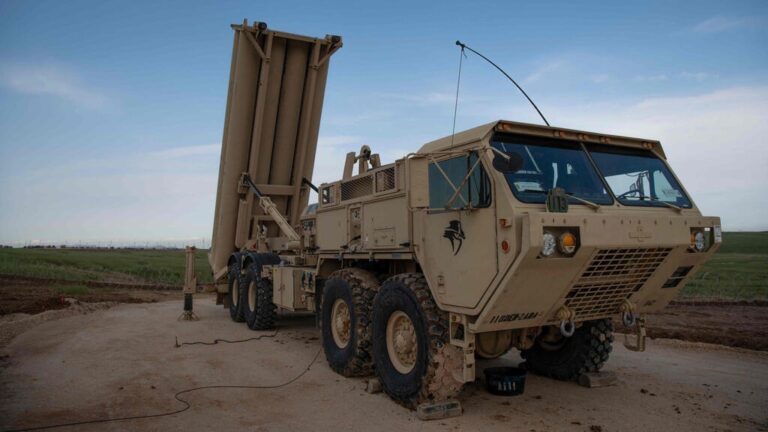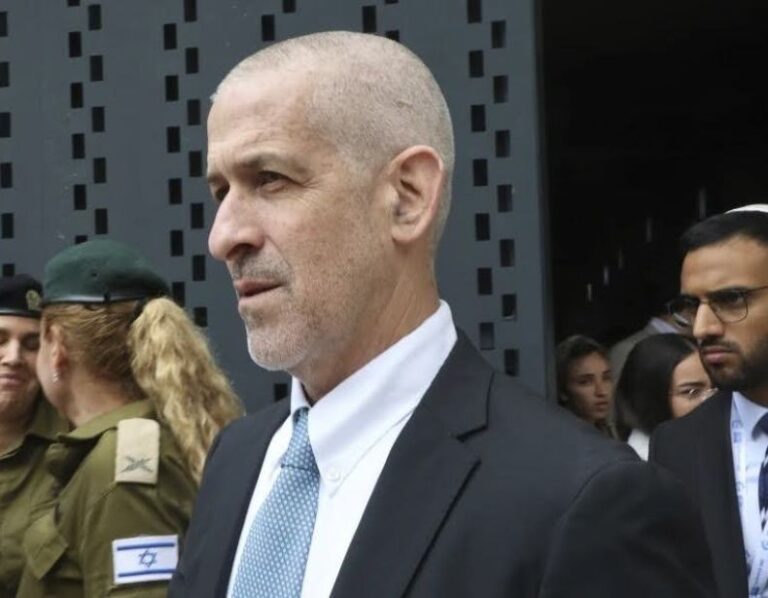By Rabbi Yair Hoffman
The human respiratory system, a marvel of Hashem’s creation, stands as a testament to the Nifla’os HaBorei. Its intricate structure and flawless functionality inspires [and allows] the observer to sing out in praise, “Mah Rabu Maasecha Hashem!”
The lungs weigh a mere 2.4 pounds. They occupy a large space within the chest, extending from the neck down to the breastbone. But there is something else that many casual observers may have missed. Operating with the inflation and deflation of these lungs is an incredible muscle called the diaphragm. It pulls down on the lungs in just the right way to supercharge or hypercharge the efficiency of the lungs as well as to dramatically increase their oxygen intake.
This has enabled us to have superior and intelligent brains. No diaphragm – no Vilna Gaon. No Leonardo DaVinci lehavdil. The extra oxygen brought in by the diaphragm has given us stronger muscles as well.
But there is, of course, more. Why the large space in the chest? The answer is that the Creator of the world made the respiratory system even more efficient by having created a pressure differential between the external environment of our bodies and what is known as the pleural cavity – the space that surrounds the lungs. The lower pressure inside the chest – keeps the lungs inflated and creates even more efficiency. [This is a simplification of the process, but the model is correct. To further appreciate the Nifla’os HaBorei one needs to understand concepts such as Boyle’s Law etc. and what is called, “Intra-alveolar pressure” – the pressure of the air within the alveoli, which changes during the different phases of breathing.]
Some 45 years ago, in a high school dormitory room, a future Rosh Yeshiva was wrestling with a friend (not in learning). He had backed the friend up into a corner of a sofa causing his lung to collapse. The pressure balance within this system was disrupted, the friend was taken by ambulance to the hospital and both of them eventually were made critically aware of this aspect of Hashem’s remarkable construct. (This future Rosh Yeshiva ended up with greater Yiras Shamayim because he thought he had killed his friend – me.)
There is a term called “autonomic” which means it happens by itself. Breathing has two modes to it, similar to a money-saver mode on your air conditioner. It is both autonomic and can be consciously controlled to a certain extent. This can help us voluntarily hold our breath when we wish to cross over a body of water, and swim but it will also allow for an override when we really need to breathe. Mah Rabu Maasecha Hashem!
There are also very important safety checks that Hashem put within our system. Our blood cells need to bring oxygen to every cell of the body. But if the blood cells are carrying CO2 – the waste product of cellular respiration, there will be no room for the oxygen. The discomfort that we experience when we hold our breath is not due to not enough oxygen, but rather on account of a buildup of carbon dioxide. This is so that we won’t forget our task and prompt us to get rid of the bad so there will be room for the good. (It is kind of like if the husband forgets to clean out the car, the furniture you want to pick up will not fit – but here the mechanism is automated by Hashem)
Hashem created the respiratory system in a manner that allows for an incredible amount of lung tissue to be packed into a very compact space. An average adult possesses roughly about fifteen hundred miles of roadways – halfway from New York to California. The roadways, of course, are airways. In this manner, oxygen can be delivered to billions and billions of cells.
The respiratory tract itself is divided into an upper and a lower section. The lower tract is called the respiratory tree, where it branches out into numerous littler generations. It culminates in the alveoli, the places where the gas exchanges take place. This branching structure allows for the optimum and perfect site for the gas exchanges to take place.
The system is highly adaptable to the various demands of breathing. If someone, chalilah, has a massive heart attack – they can still breath a little bit with short breaths. Plus, there is always residual gases in the lungs that allow for a continuous gas exchange so the system will not be down. Oxygen must always be there or cells will die.
Hopefully, from this short discussion of the lungs and breathing, we encounter the remarkable Chessed Hashem that HaKadosh Boruch Hu – placed into the Bri’ah. As we age and overcome various physical limitations and struggles, we can better appreciate the seemingly smaller and mundane aspects of our lives. In truth, however, they are truly earth-shattering and miraculous.
The author can be reached at [email protected]












One Response
Thank you Rabbi Hoffman for your informative articles! And thank you for serving as a role model for us by converting personal salvation into an opportunity to increase אהבת ד’ and יראת ד’ in others! Wishing you a Refuah Sheleima b’Karov!